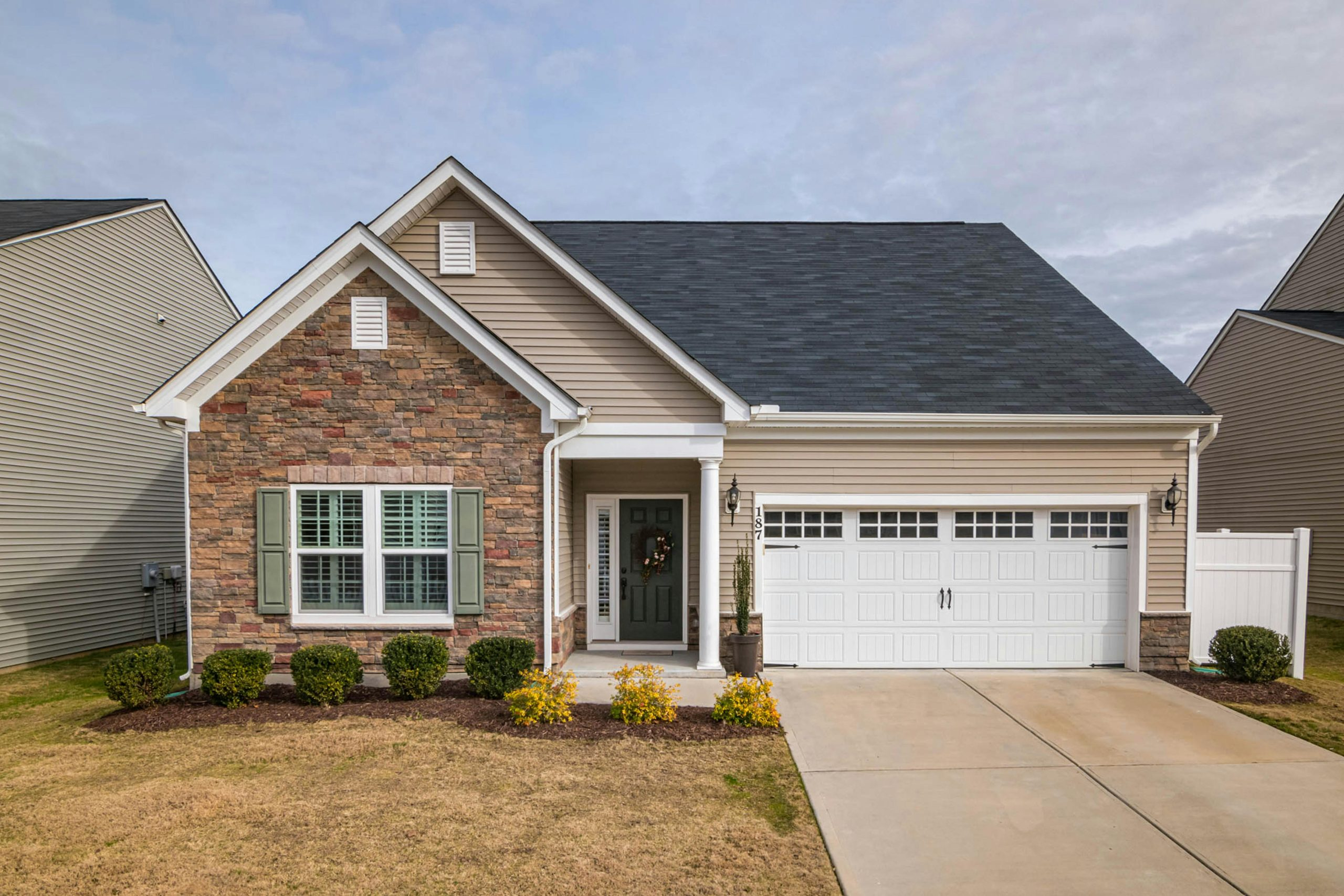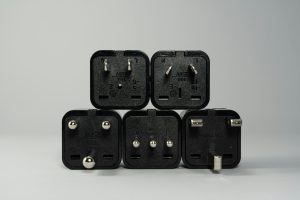Suburban Lifestyle Innovations: Rethinking Community and Living Spaces
The suburbs have been a staple in American society for decades. The quintessential white picket fences, spacious lawns, and friendly neighbors have encapsulated the “American Dream” for many. However, as society evolves and demands for more sustainable and innovative living increase, suburban communities are rethinking the traditional concept of community and living spaces. Suburban lifestyle innovations are paving the way for a new era of suburban living.
Community Spaces Redefined
In the past, suburban communities were designed with a traditional nuclear family in mind. Communal spaces were limited to parks and playgrounds for children, and perhaps a community center for gatherings and events. However, as the workforce adapts to remote and flexible working arrangements, and the need for larger, multi-generational households increases, community spaces are being reimagined.
The Rise of Co-Living Spaces
Co-living spaces, also known as “shared living,” have been gaining popularity in urban areas, and now they are making their way to the suburbs. These innovative living arrangements offer a unique combination of private living spaces and shared community spaces such as kitchens, living rooms, and workspaces. This concept fosters a sense of community and provides an affordable and more sustainable living option for young professionals, families, and seniors.
Mixed-Use Developments
The concept of mixed-use developments is also taking hold in suburban communities. These developments incorporate residential, commercial, and leisure spaces, creating a mini “city” within the suburbs. This allows residents to live, work, and play without the need to commute long distances, reducing traffic congestion and promoting a more sustainable way of life.
Innovative Living Spaces
The traditional suburban home has also undergone notable transformations to meet the demands of today’s society. These innovative living spaces offer a balance of comfort, functionality, and sustainability.
Net-Zero Homes
Net-zero homes, also known as zero-energy homes, are designed to produce as much energy as they consume. These homes are equipped with energy-efficient features such as solar panels and energy-efficient appliances, reducing the carbon footprint of suburban living.
Sustainable Landscaping
Another aspect of suburban living that is being reimagined is landscaping. More and more homeowners are incorporating sustainable landscaping techniques such as rain gardens, permeable pavement, and xeriscaping into their yards. These techniques not only reduce water consumption and greenhouse gas emissions but also create beautiful and low-maintenance landscapes.
Creating a Sense of Community
Despite the advancements in community and living spaces, it is essential to maintain a sense of community in the suburbs. Many suburban neighborhoods have implemented initiatives to promote a sense of togetherness among residents.
Community Gardens
Community gardens are gaining popularity in suburban areas. These shared gardens provide a space for residents to grow their own fruits and vegetables, promoting a healthier and more sustainable lifestyle. They also create opportunities for neighbors to come together, get to know each other, and build a sense of community.
Community Events and Programs
Events and programs that cater to all ages and demographics are also helping to bring suburban communities together. Whether it’s a block party, a farmer’s market, or a family movie night, these activities encourage neighbors to interact and foster a sense of belonging.
The Future of Suburban Living
With the continuous evolution of society, it is safe to say that suburban lifestyle innovations will continue to transform the way we live and interact with our communities. As demand for sustainable and community-driven living spaces increases, it’s exciting to see how suburban living will continue to evolve and adapt to meet these needs.
In conclusion, the traditional suburban lifestyle is undergoing a major transformation. From redefining community spaces to innovative living spaces and creating a sense of community, suburban communities are embracing change and rethinking what it means to live in the suburbs. As we look to the future, it’s clear that suburban living will continue to evolve and innovate, paving the way for a more sustainable and community-driven way of life.











